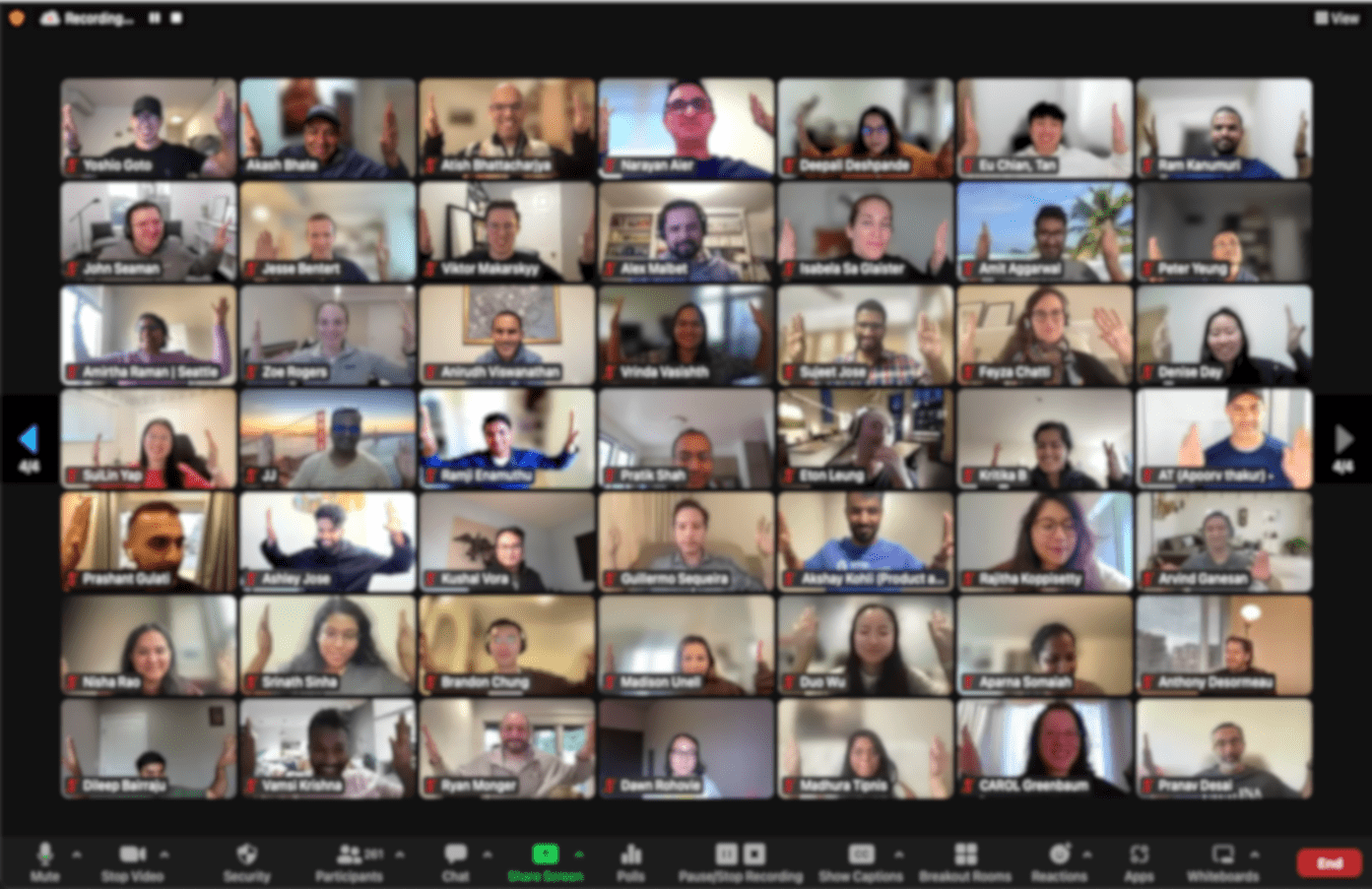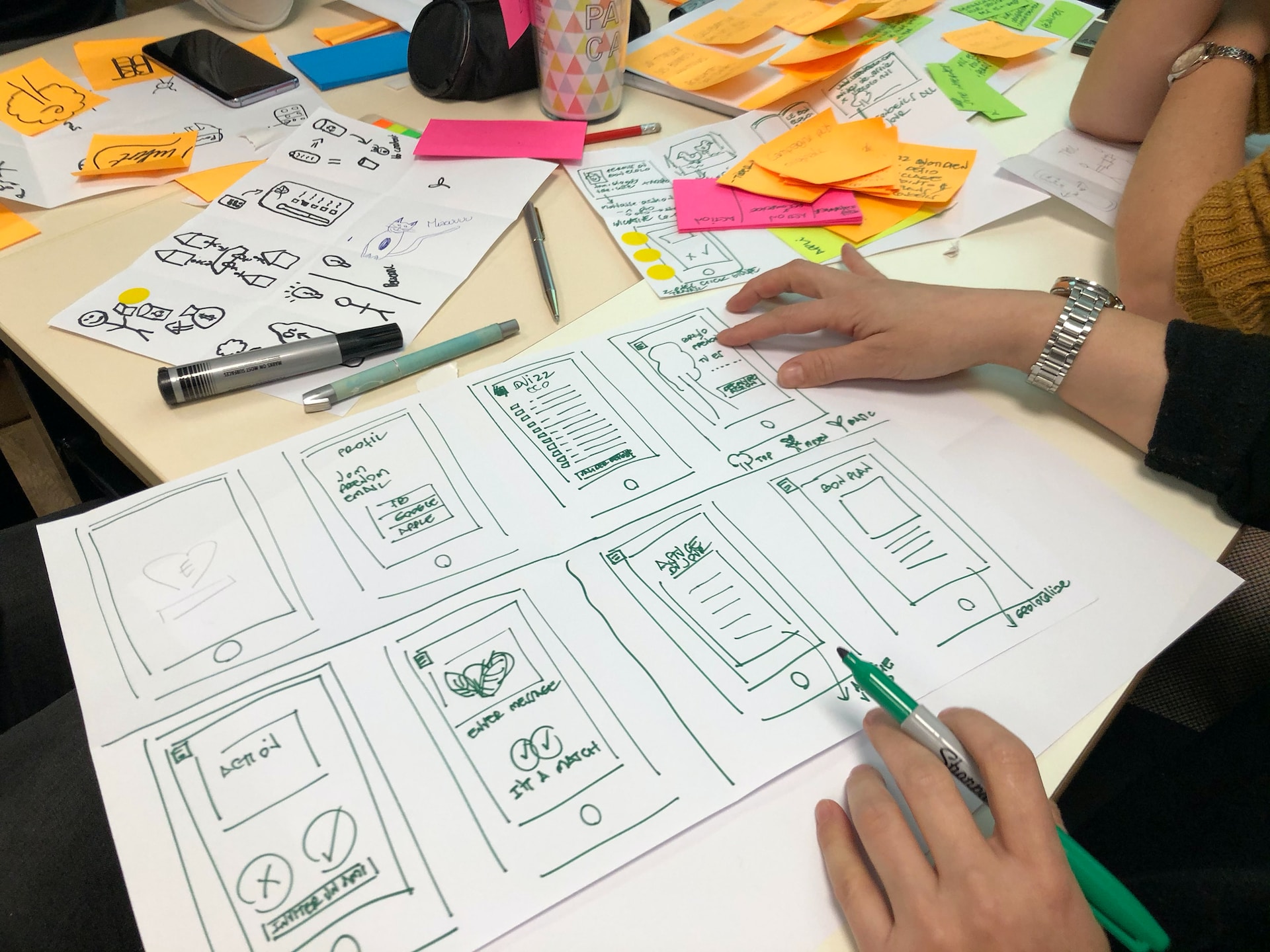What is MVP Testing?

The Benefits of MVP Testing
- Risk reduction: By launching an MVP before investing significant resources into full-scale development, product managers can mitigate the risk of creating a product that fails to resonate with users.
- Faster time-to-market: Developing an MVP allows product teams to bring a product to market more quickly, enabling them to capitalize on emerging trends and stay ahead of competitors.
- Iterative improvement: MVP testing facilitates an iterative approach to product development, allowing product managers to refine and improve their product based on real-world user feedback.
- Cost efficiency: By focusing on the most essential features, MVP testing can help product managers allocate resources more efficiently and reduce development costs.
Key Steps to Effective MVP Testing
1. Define Your Product Vision and Value Proposition
- Identifying the core problem your product will solve
- Defining your target audience and their unique needs
- Articulating the key benefits your product will offer compared to existing solutions
2. Determine Your MVP's Core Features
- Which features directly address the problem your product aims to solve?
- What features are most important to your target audience?
- Are there any features that can be postponed to later stages of development without compromising the user experience?

3. Develop Your MVP
- Prioritize simplicity and usability over feature completeness
- Ensure that the MVP is stable and functional, even if it lacks some desired features
- Keep the development timeline short and focused to maintain momentum and enable rapid testing
4. Test Your MVP with Real Users
- Beta testing: Invite a select group of users to test your MVP and provide feedback. This can be an effective way to gain in-depth insights and identify potential issues before a broader release.
- A/B testing: Test different variations of your MVP to determine which features or designs resonate most with users. This can help you optimize your product based on data-driven insights.
- Usability testing: Conduct usability tests with users to assess how easy and intuitive your MVP is to use. This can help you identify areas for improvement and enhance the overall user experience.
5. Iterate and Improve Based on User Feedback
- Analyze the feedback and data collected during testing
- Identify trends and patterns that may indicate areas for improvement
- Prioritize the most critical issues and opportunities based on your product vision and goals
Example: Dropbox's MVP Testing Success

Final Thoughts
- Define your product vision and value proposition
- Determine your MVP's core features
- Develop your MVP with a focus on simplicity and usability
- Test your MVP with real users and gather actionable feedback
- Iterate and improve your product based on user feedback
Related Courses
Accelerating Innovation with AB Testing
Learn from a world-leading expert how to design and analyze trustworthy A/B tests to evaluate ideas, integrate AI/ML, and grow your business
Ready for Launch - The PMM's Guide to Product Launches
The only course to help Product Marketers nail launches from start to finish — from research and strategy, to execution and measurement.
Go To Market Strategy Bootcamp For B2B Software
Target the right buyers for your new product. Reach them through the right channels. Convince them with differentiated positioning messages.
Startup Product Management: Build Successful Products
Master essential product skills and frameworks and build and manage great products in startups (Idea to Series B)
Product Marketing for High Growth Tech Products
Develop the skills and mindset to help you build, grow, and accelerate your tech PMM career!
Build Better Products With Customer Insights
The best products are not the ones with the most features, but the ones that deliver the most value.
You might also like

Product Differentiation: A Comprehensive Guide for Product Managers

Ecommerce Product Management: Challenges, Opportunities, and Best Practices

Best Product Management Courses in 2023

